The Ausmex Exploration Process: From Prospect to Production in South Texas
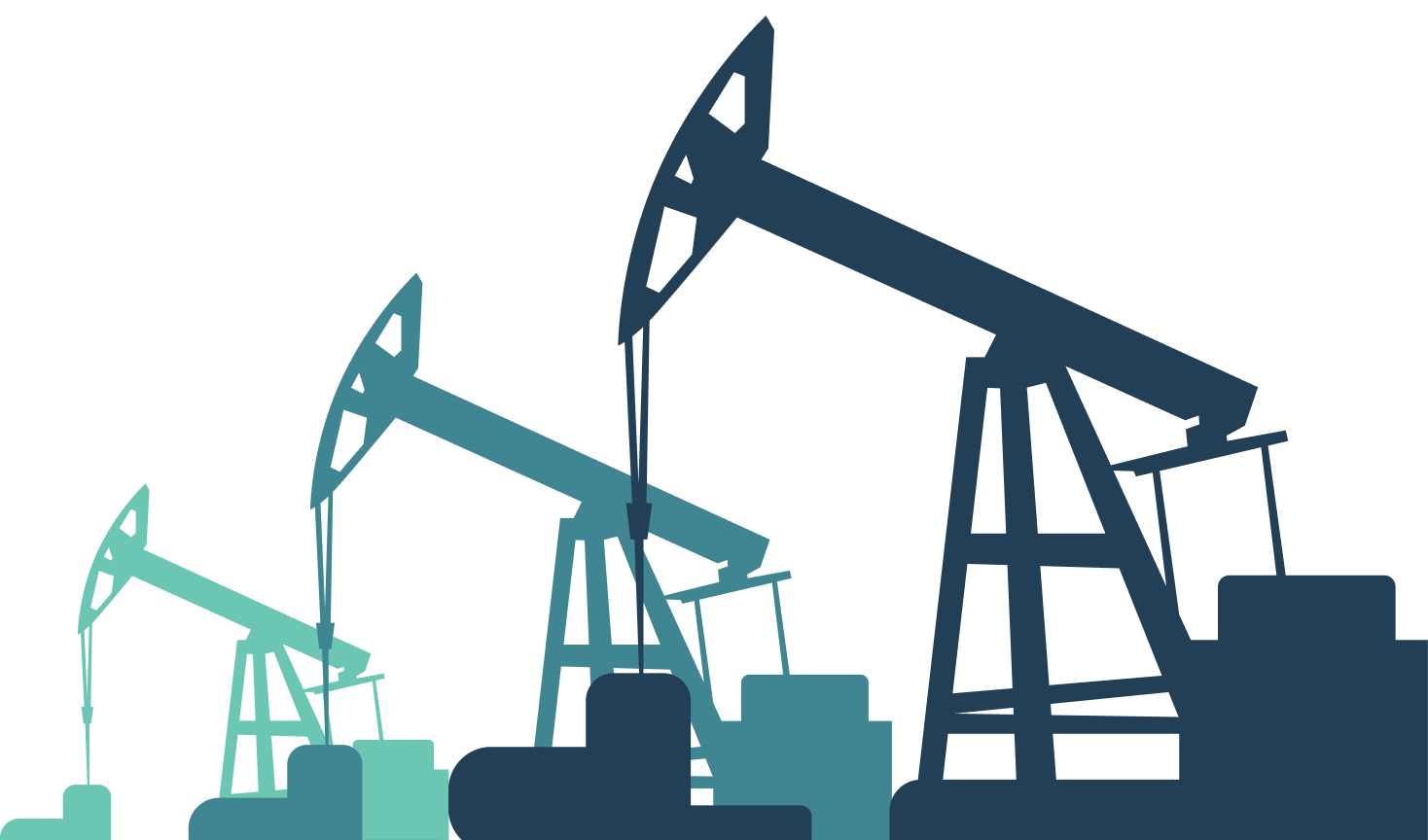
How We Take Oil and Gas Projects from Concept to Completion—All In-House
Ausmex Exploration adopts a comprehensive and scientific approach before initiating any drilling operations. We conduct an in-depth analysis of geological maps, seismic data, and historical production records to identify sites rich in hydrocarbons. This detailed research ensures that only the most promising locations are selected, thereby maximizing the likelihood of successful oil and gas production while mitigating risks. Here is the method that Ausmex Exploration employs to deliver high-quality prospects.
1.
Identifying High-Potential Oil and Gas Prospects
Our journey begins with a meticulous evaluation of potential sites. We delve into a vast array of resources, including geological maps, seismic data, well logs, and production histories, some of which date back to the 1930s. This extensive research allows us to pinpoint areas with promising hydrocarbon potential. Identifying crude oil reserves is crucial in the exploration process, as it directly impacts the economic viability of a project.
The strategic importance of gas drilling cannot be overstated, as it plays a key role in identifying high-potential prospects. While landowners occasionally present opportunities, our proactive approach often involves targeting specific regions and conducting in-depth analyses to assess their viability. It’s a rigorous process where we might scrutinize multiple areas but advance only those substantiated by robust scientific data and our seasoned geological intuition.
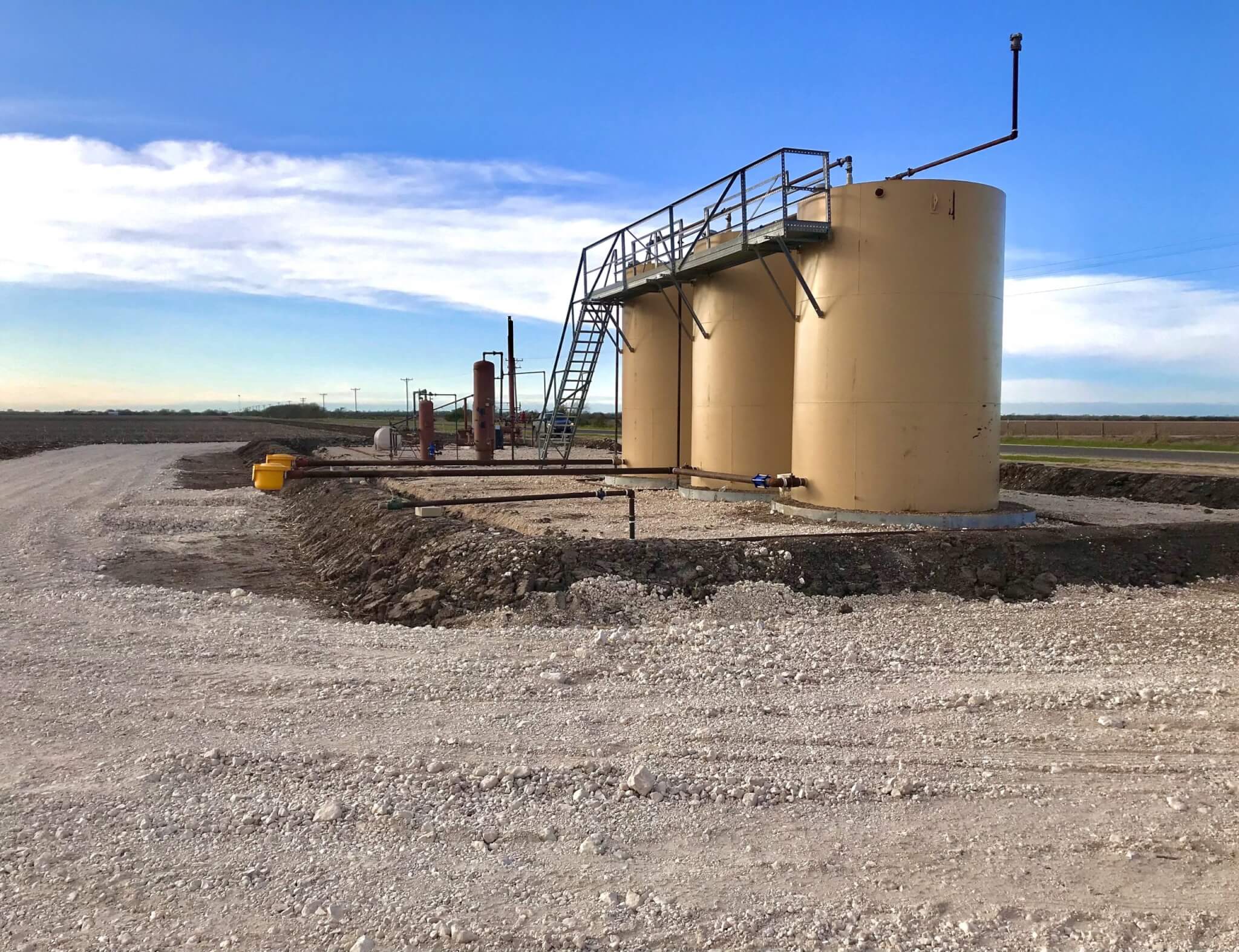

2.
Land Work & Mineral Rights Negotiation
Once a viable location is confirmed, we transition to acquiring mineral rights, a critical step in the oil and gas exploration process. Our dedicated in-house land team performs comprehensive title research, meticulously tracing leases, deeds, and historical records to ensure we negotiate directly with the rightful mineral owners. This thorough groundwork is essential in establishing a solid foundation for successful oil and gas production.
By managing this process internally, we not only reduce costs and avoid potential delays but also maintain complete control over deal structuring. This efficiency is crucial in the competitive oil and gas industry, as it allows us to secure opportunities that may not be economically feasible for other operators. Our strategic approach ensures that we are well-positioned to capitalize on promising gas exploration prospects, enhancing our ability to deliver high-value projects to our investors.
3.
Geological Mapping & Subsurface Analysis
With land agreements in place, our focus shifts to an extensive geological assessment. Our geologists employ advanced techniques to create detailed structure maps, isopach maps, and cross-sectional diagrams. These tools illuminate the subsurface architecture, enabling precise identification of potential hydrocarbon reservoirs. The complexities and capital-intensive nature of crude oil production are integral to this process, as it involves significant investment and sophisticated technology. Additionally, the critical role of gas production in the oil and gas industry cannot be overstated, given its impact on overall production metrics and market dynamics. We also estimate reserves and analyze reservoir characteristics, culminating in a comprehensive prospect report. This document serves as a cornerstone for informed decision-making by our investors and stakeholders.
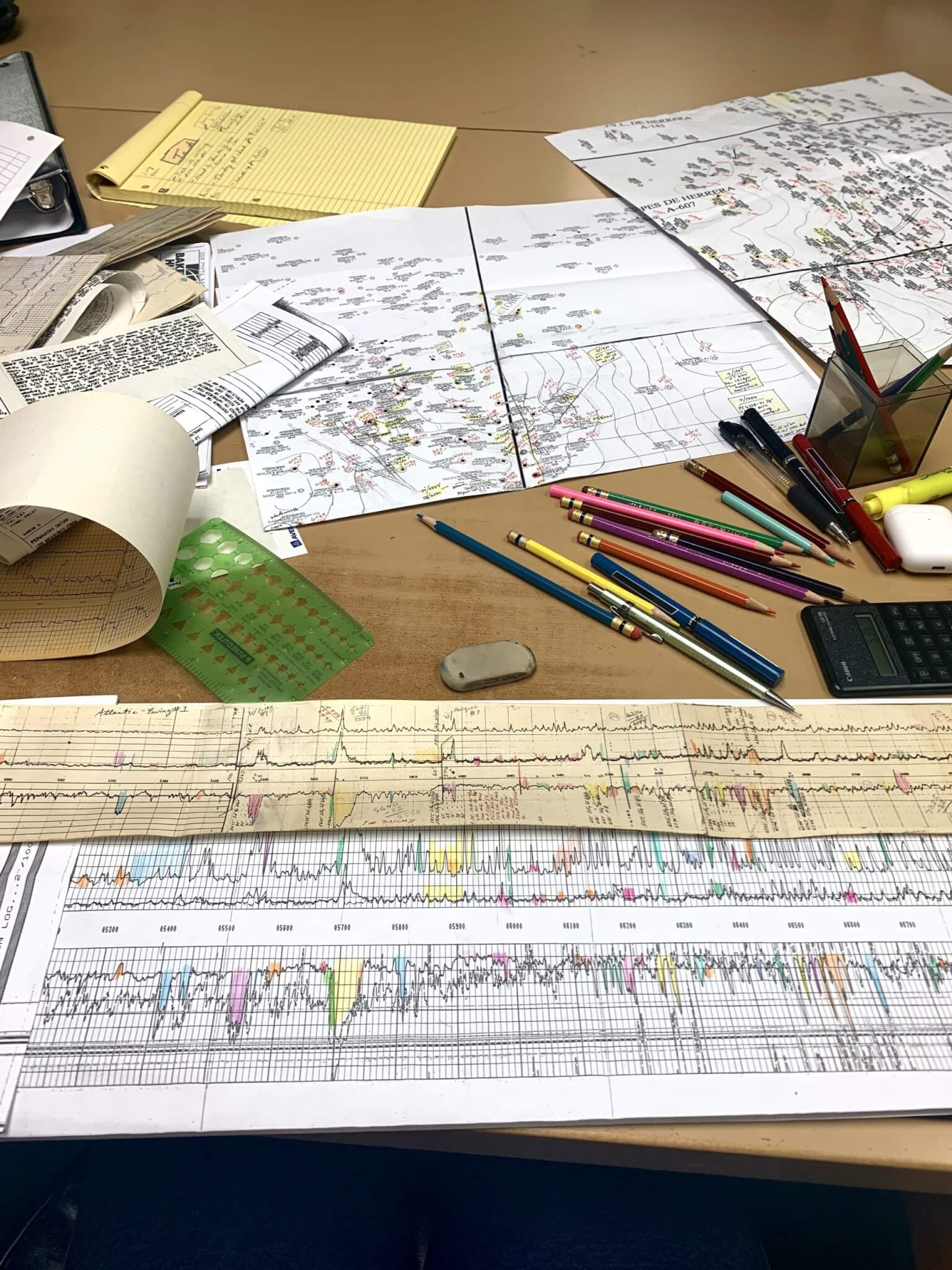

4.
Investor Funding & Partnership Structuring
Armed with thorough geological and land analyses, we seek to forge strategic partnerships to propel the project forward. Our network encompasses geologists, engineers, established oil companies, financial experts, and entrepreneurs keen on tax-advantaged ventures. Oil and gas investments are particularly attractive due to various methods of investment and their benefits, such as tax deductions and high return potential. Investing in oil and gas ventures offers substantial tax benefits, high return potential, and portfolio diversification. We prioritize transparency, presenting data-driven project proposals and maintaining open communication channels. This collaborative approach ensures that all parties are aligned, fostering trust and facilitating seamless project advancement.
5.
Pre-Drill Sitework & Legal Verification
Preparation is crucial before drilling begins, serving as a foundation for successful oil and gas exploration and investments. Our team conducts thorough site surveys using advanced geophysical tools like metal detectors and ground-penetrating radar to locate existing wells, underground utilities, and confirm optimal drilling locations. Concurrently, our legal experts perform comprehensive title examinations and due diligence to verify mineral rights, ensuring compliance with regulatory requirements and confirming negotiations with rightful owners. This dual focus on physical and legal preparedness mitigates risks and enhances project attractiveness to investors by demonstrating thoroughness and compliance, thereby building trust and positioning ventures for success in the competitive oil and gas industry. This approach maximizes the potential benefits of oil and gas investments, including substantial tax advantages, portfolio diversification, and high return potential.
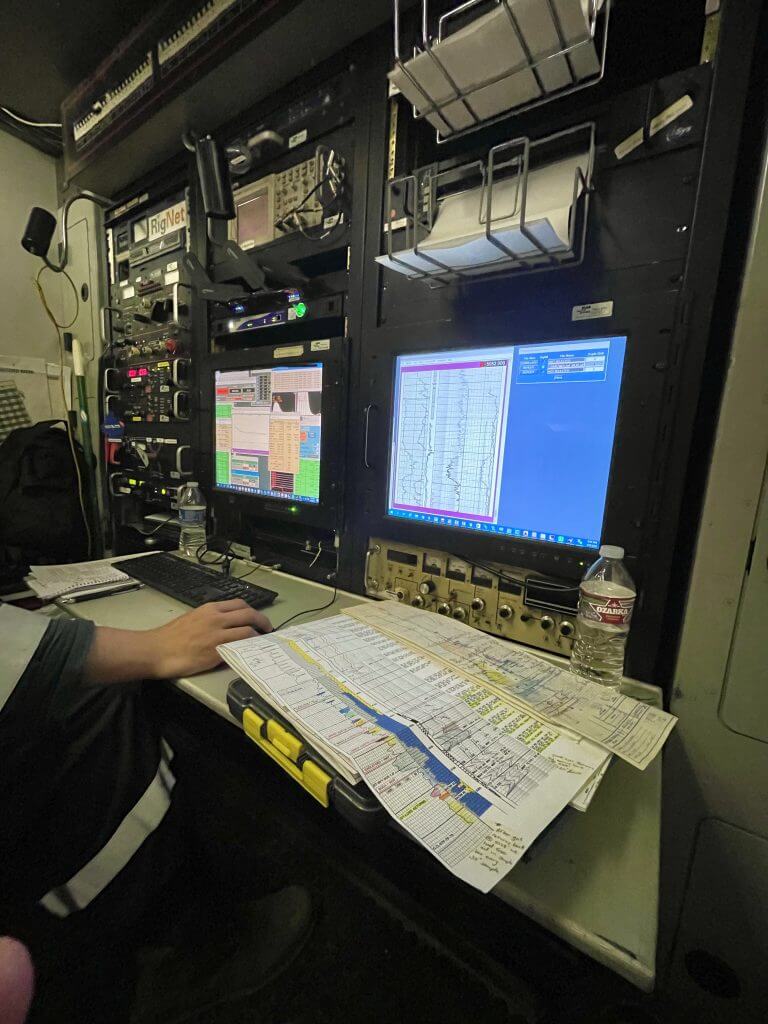
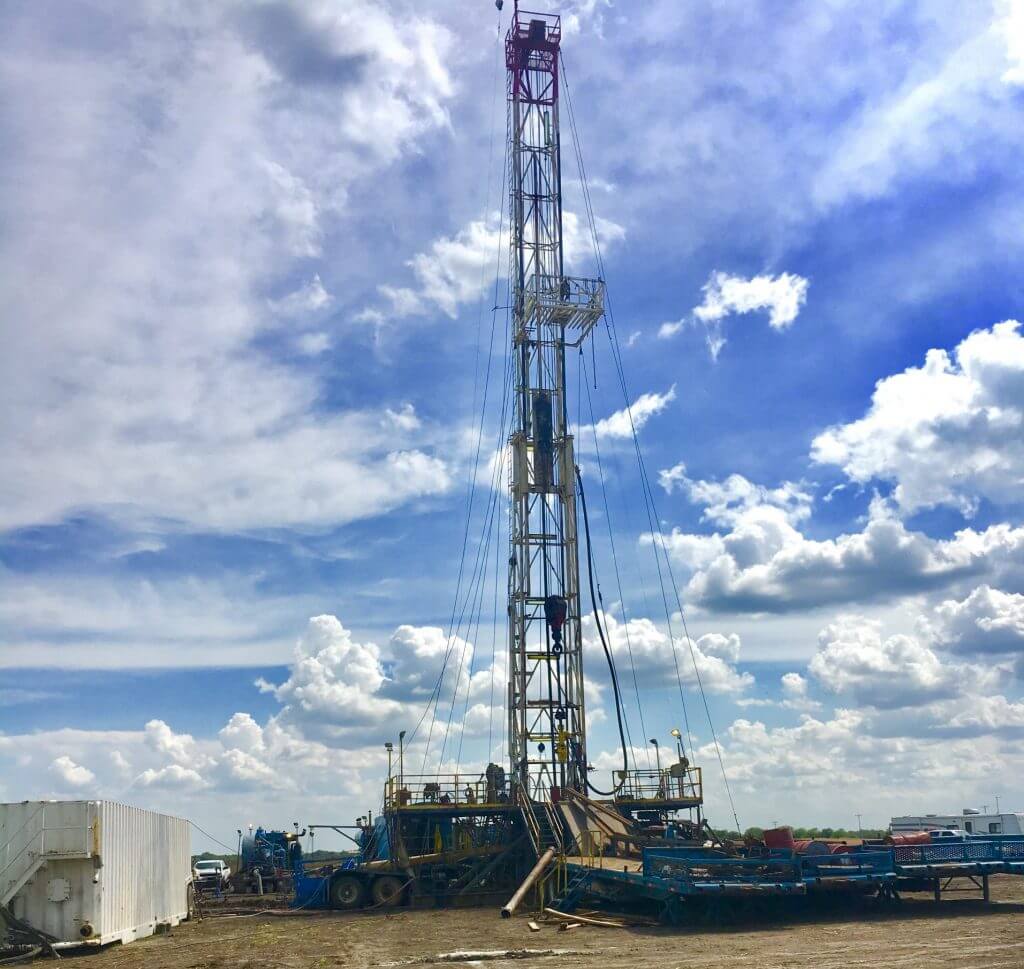
6.
Drilling, Logging, and Formation Testing
Once drilling operations begin, our team conducts detailed mud logging to analyze the drill cuttings in real time, providing a first look at the subsurface formation and helping to identify hydrocarbon-bearing zones. We continuously monitor gas readings, lithology, and well parameters to pinpoint promising intervals.
After reaching total depth (TD), we conduct electric logging, pressure testing, core sampling, and formation evaluation to confirm reservoir quality and potential production. These insights guide critical completion decisions—such as which zones to perforate or whether to temporarily suspend or abandon the well. Because everything is done in-house and our team is physically on-site, we’re able to adapt quickly and make informed, high-stakes decisions that reduce risk and optimize well performance.
7.
Completion, Oil & Gas Production & Delivery
If testing confirms the well’s commercial viability, we move into the completion phase. This involves running casing to total depth, cementing the wellbore, and perforating the productive formation to initiate flow. Once hydrocarbons are flowing, we oversee the full production process—monitoring flow rates, handling separation, and coordinating delivery to storage or pipeline infrastructure. Fluctuations in crude oil prices can significantly impact profits and investor decisions. Similarly, fluctuations in natural gas prices can impact profits for shareholders.
Our commitment extends beyond mere operations; we manage the entire production lifecycle, ensure regulatory compliance, and provide our investors with regular, detailed performance reports. At Ausmex, we pride ourselves on direct, unfiltered communication—eschewing call centers in favor of personal engagement with the professionals directly involved in your project.
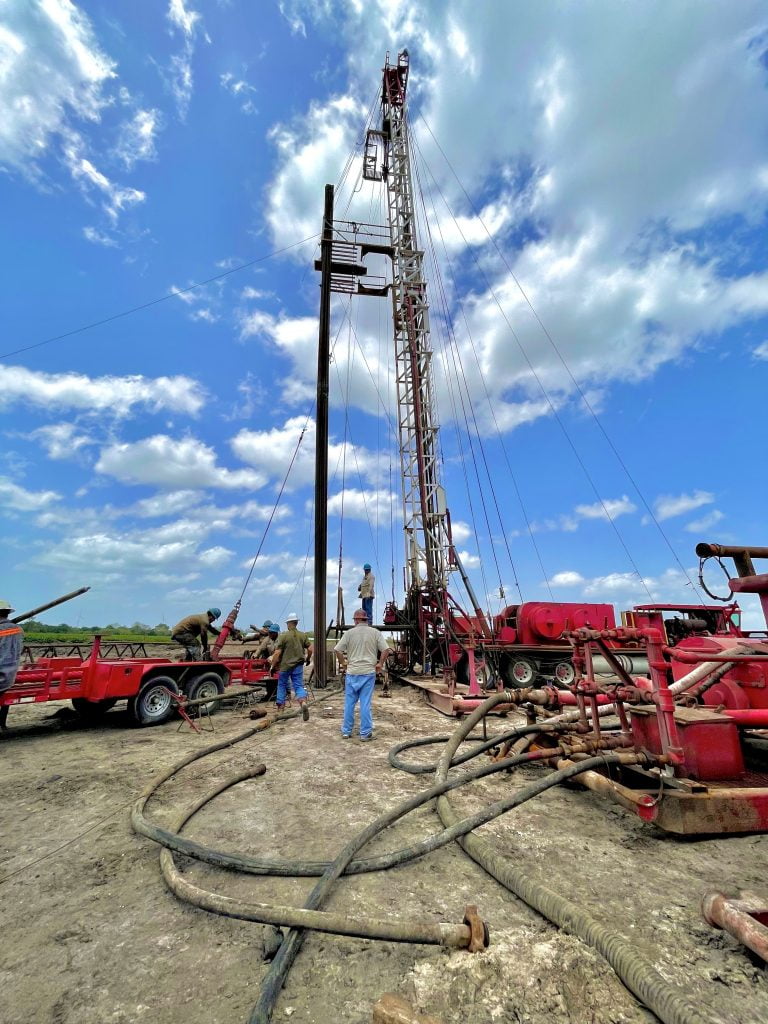
Overview Of the Oil and Gas Industry
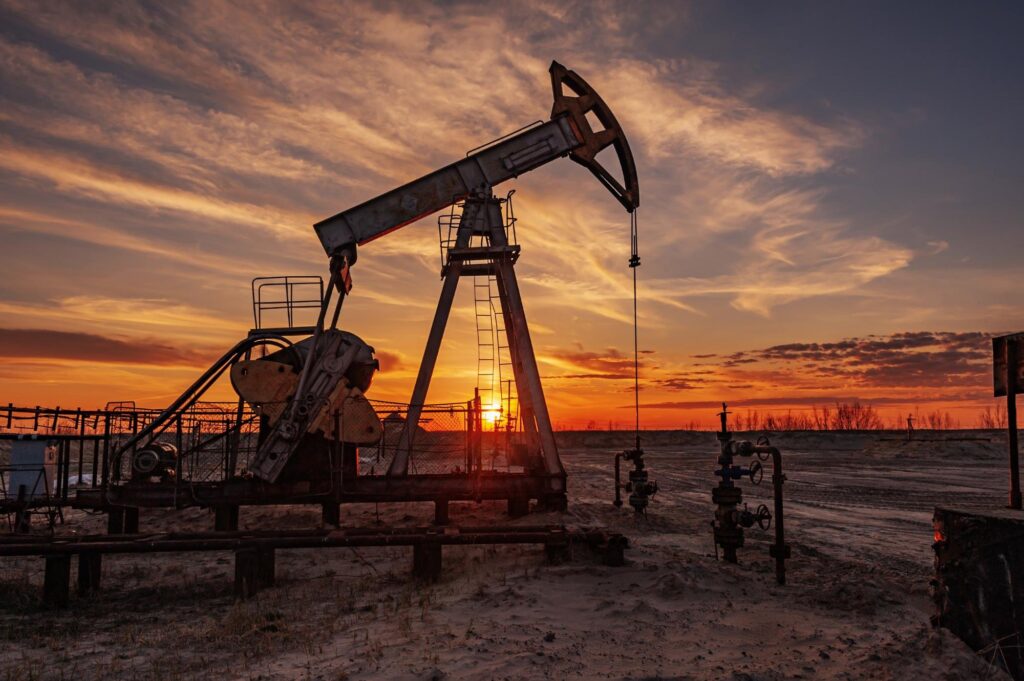
The oil and gas industry is a cornerstone of the global energy landscape, providing essential resources that power economies and support modern life. As the world transitions toward a more sustainable energy mix, the demand for both oil and natural gas continues to rise—driven by their reliability in electricity generation, transportation, heating, and industrial processes.
This sustained demand reflects the versatility and efficiency of oil and gas, which remain vital to national infrastructure and global economic development. For regions like South Texas, rich in proven reserves and strategic assets, oil and gas production continues to be a powerful driver of growth and investment opportunity.
Natural gas is especially valued for its cleaner-burning properties compared to other fossil fuels like coal, contributing to lower carbon emissions and improved air quality. Meanwhile, crude oil remains indispensable in the production of transportation fuels, industrial goods, and energy for heavy manufacturing. Together, these resources play a critical role in supporting energy security and long-term economic growth.
As environmental standards tighten and efficiency becomes a priority, the oil and gas industry is evolving. Innovative drilling techniques, digital transformation, and advanced reservoir analysis are enabling companies like Ausmex Exploration to maximize resource recovery while minimizing environmental impact. These advancements help balance responsible development with growing global energy demands.
Economic Growth and The Role of Natural Gas
Natural gas is more than a clean energy source—it is a powerful engine for economic growth. It fuels industrial production, powers homes and businesses, and supports reliable transportation. In the U.S., and particularly in energy-rich states like Texas, the gas sector contributes significantly to GDP, job creation, and tax revenue.
The oil and gas industry supports a complex supply chain, from upstream exploration and drilling to midstream transport and downstream processing. Revenues generated from royalties and taxes help fund infrastructure, education, and public services. As global economies expand, the demand for natural gas is projected to increase—further reinforcing its strategic importance in both energy policy and investment strategy.
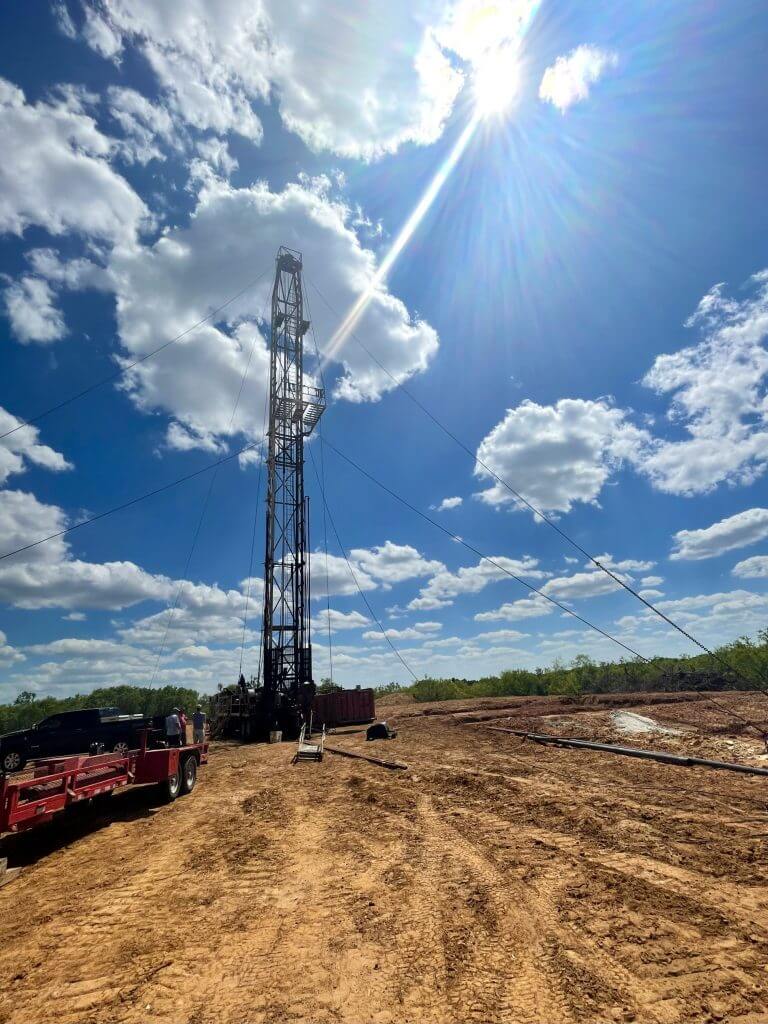
Importance Of Gas Exploration and Production
To meet growing global energy needs, continued investment in gas exploration and production is essential. The process begins with the identification of promising reserves through geological surveys, seismic data interpretation, and subsurface mapping—disciplines in which Ausmex Exploration excels.
Once a viable site is confirmed, advanced drilling technologies and experienced field operations are deployed to extract gas safely and efficiently. The product is then processed and delivered to markets via pipeline networks or liquefied natural gas (LNG) carriers, depending on demand and export conditions.
This end-to-end process requires not only substantial capital but also technical expertise and regulatory compliance. Successful gas production ensures energy reliability, helps stabilize markets, and offers investors exposure to a high-demand sector with strong long-term fundamentals.
Ready to get started?
Looking forward to making the connection and get you looking at some conventional oil and gas prospects!
